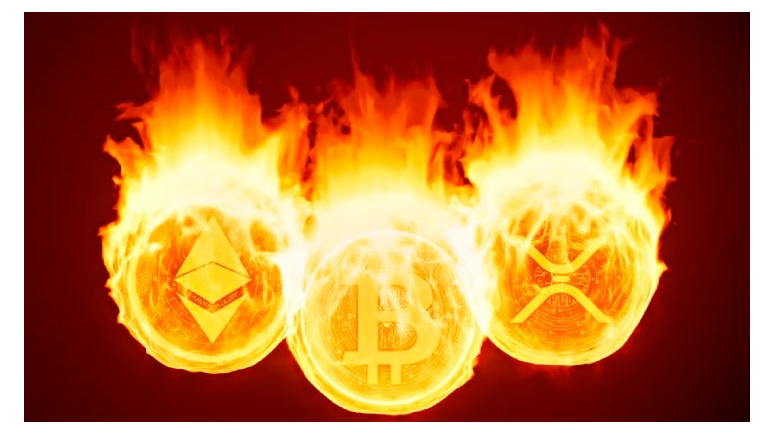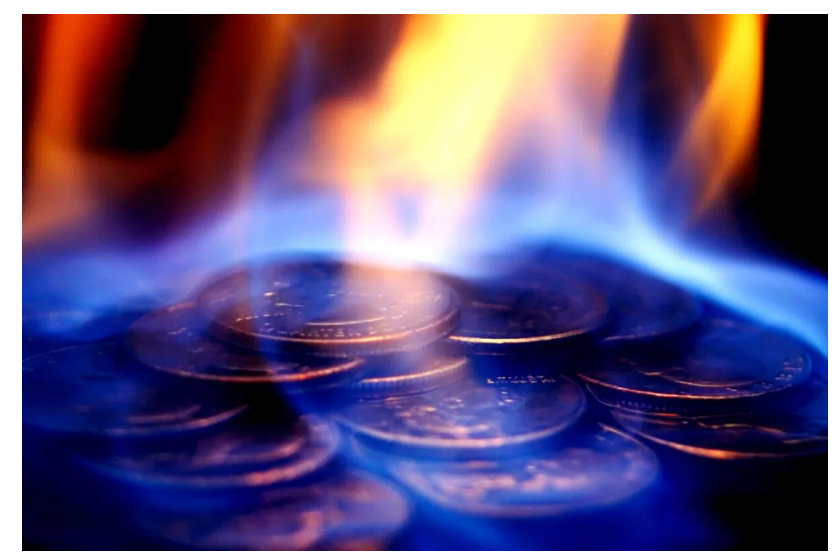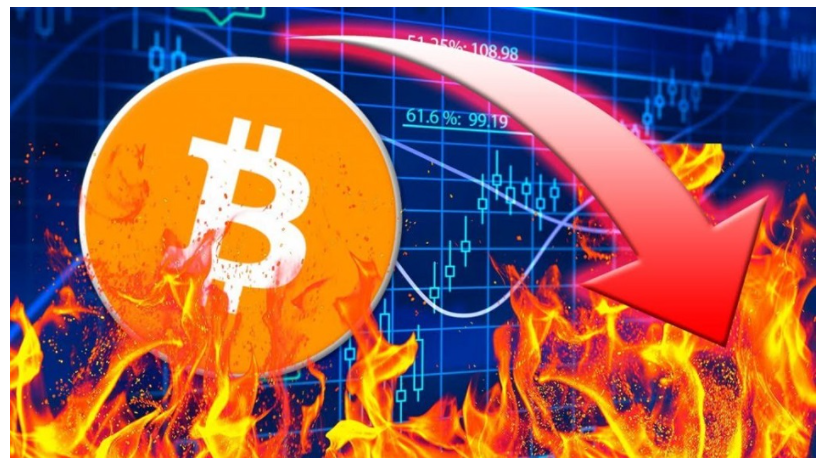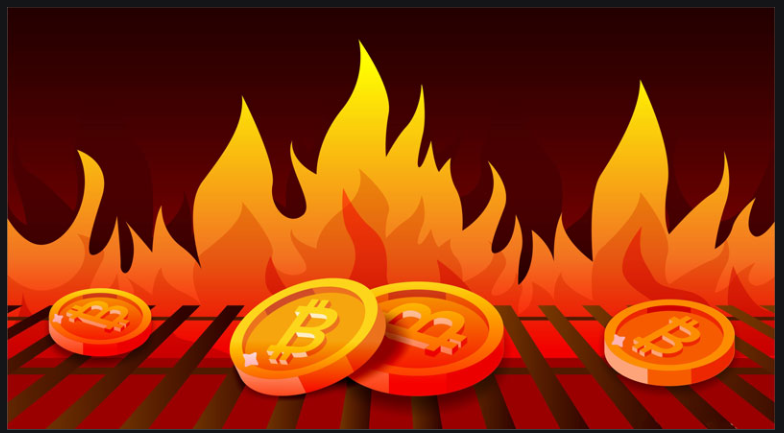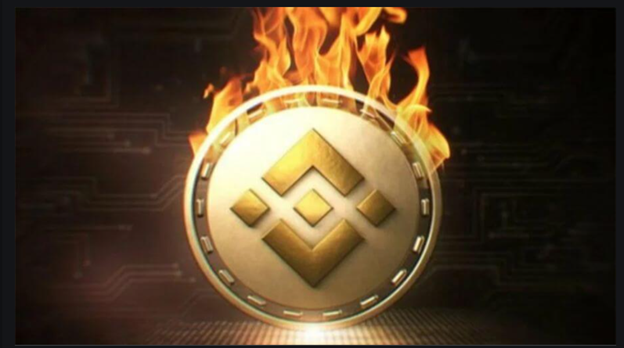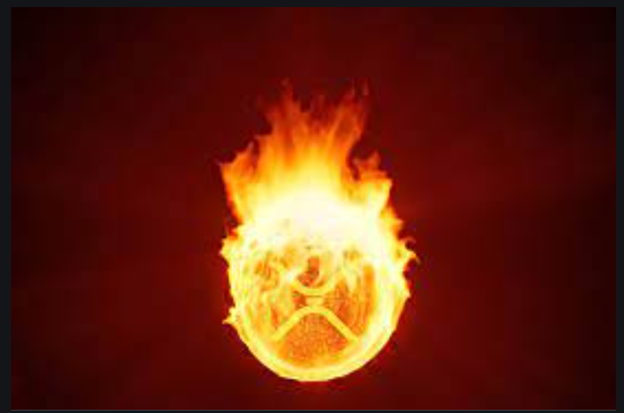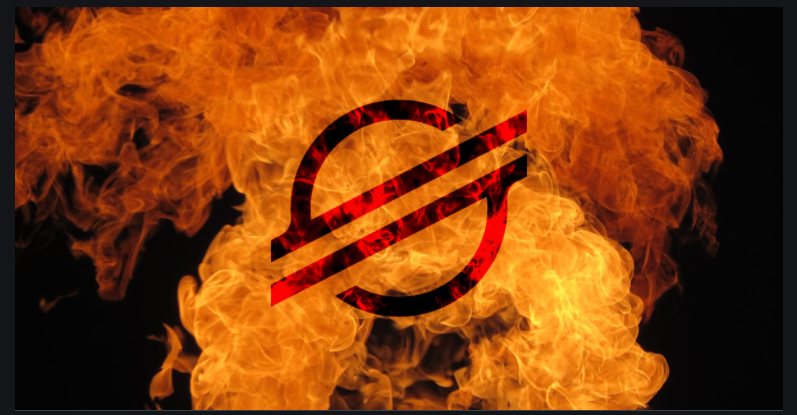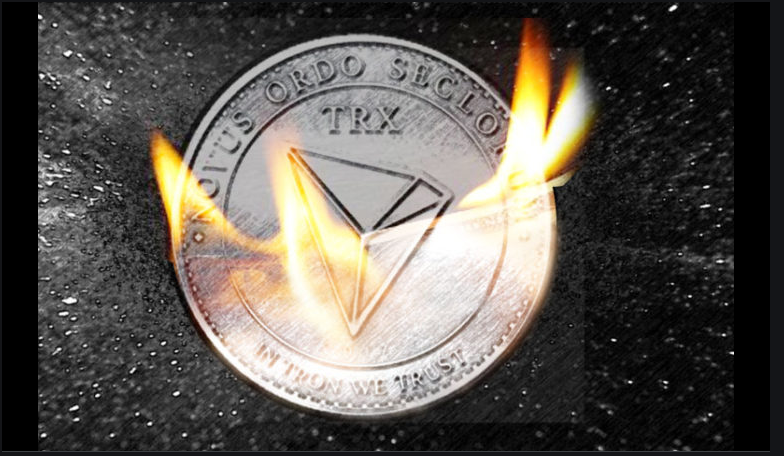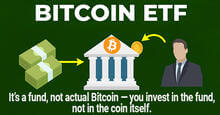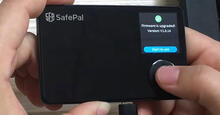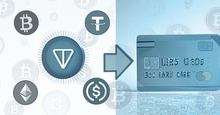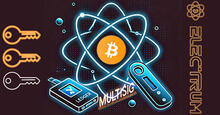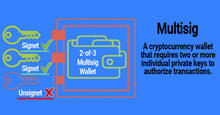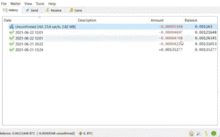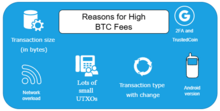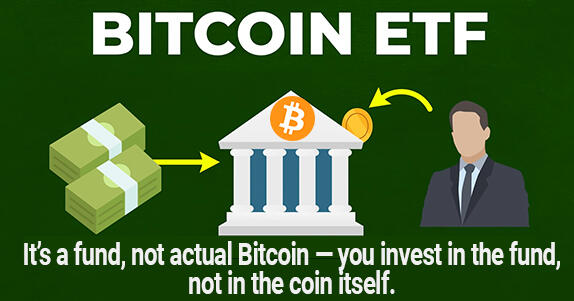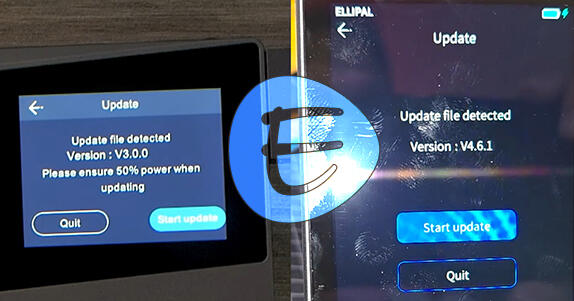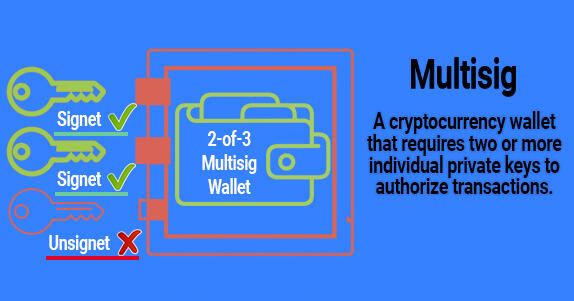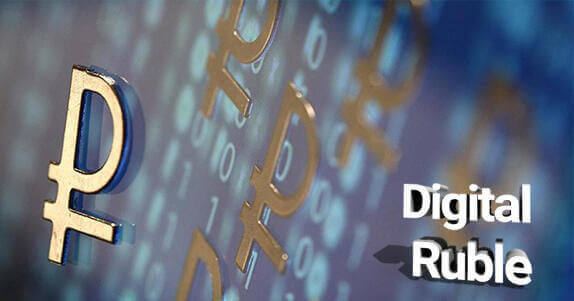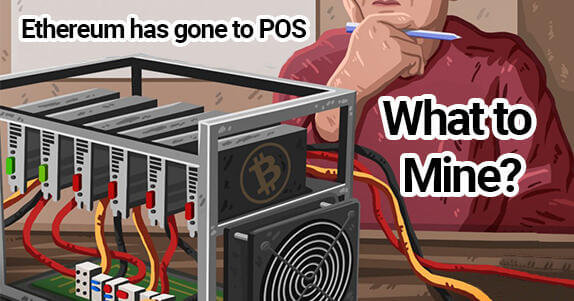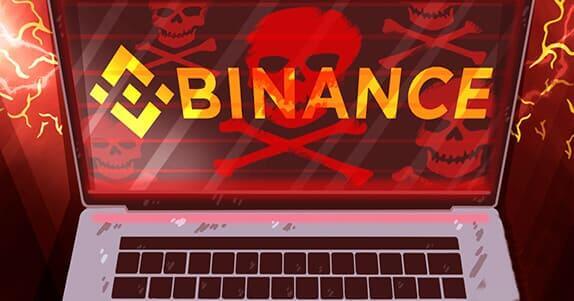Burning Cryptocurrency: what is it? Examples of coin burning
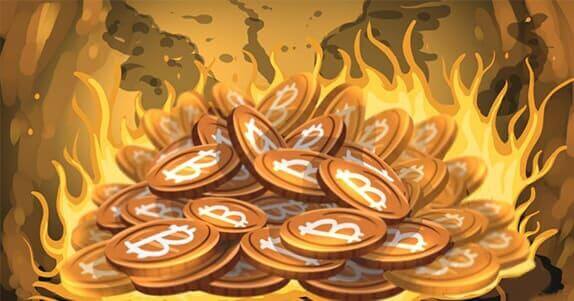
Coin burning is a common practice in the cryptocurrency industry. The initiators of this process are mainly coin issuers, aiming to maintain the level of supply and demand, fight inflation, and keep the value growth.
The mechanism for burning tokens is quite simple. ProstoCoin offers to understand in detail how the burning takes place, for what reasons, and what result it brings to developers and investors.
What is Token burning?
Coin Burn is the deliberate destruction of a certain number of coins. Burning leads to the irrevocable removal of coins from circulation, which often has a positive effect on the economic performance of the coin, because the fewer coins on the market, the more they are valued.
This is somewhat similar to the economic concept of buyback – that is, the repurchase of company shares to reduce their number in circulation and increase the value. Just like the buyback, the burn has a deflationary mechanism and can be used to maintain a stable asset value, an incentive for investors and traders.
What is a cryptocurrency buyback?
The mechanisms of redemption and burning of coins may well become a new standard of the cryptocurrency industry, with which developers can prove the viability of their project and regulate the inflation rate of coins. Coin burning is especially popular among projects that have a large number of coins and no limits on the issue.
Along with the burning of cryptocurrencies, there is another practice — a buyback.
The essence of this mechanism is that a project or company directs part of its capital, whether it's profits, reserves, or raised funds, to purchase its own tokens or shares from the open market.
In classical economics, buybacks are applied to shares: by buying them back, the company reduces the total number of securities in circulation. This leads to an increase in the value of each individual share, maintaining its market price, and ultimately benefiting current shareholders.
In the world of digital assets, this model works in a similar way, but its key difference is the increased transparency provided by blockchain technology.
Crypto projects often finance buybacks through revenue from transaction fees, staking, or other activities in their ecosystem. The acquired tokens can either be temporarily withdrawn from circulation, or permanently destroyed (burned) to reduce the issue.
Thus, buybacks serve not only as a tool to control the supply of coins, but also have a positive effect on their value, as well as strengthen investor confidence, playing a significant role in the crypto market economy.
How it works
There are various ways to burn coins. Sometimes it can be implemented as protection against DDOS attacks to prevent spam and implemented directly during transactions.
In some projects, the destruction of coins may be part of the entire consensus of the network.
Let's consider the main ways of burning cryptocurrencies:
- Sending to a public address. In this case, the burning of part of the coins is carried out by sending them to a special address, where they "burn”, because they cannot be spent, because the private keys to them are not available to anyone. These addresses are also often called "black holes".
- Third-party software. One of the easiest ways to implement coin burning is a special software that allows you to burn previously issued coins. When using this method, developers only need to specify the number of coins burned in a special program.
- Commission. The algorithms of many cryptocurrencies allow you to burn coins during transactions. When a user makes a transaction, the commission for it is burned. This, in turn, also helps to protect the network from transactional SPAM and not reduce the turnover of this currency.
- Hard fork. A certain part of the coins may be burned as a result of making drastic changes to the encryption protocol, making it incompatible with the old software. This method allows you to exclude some part of the coins from transactions.
When and for what is the burning of cryptocurrencies carried out
In most cases, the purpose of burning is to support the demand and growth of crypto assets.
It is important for any cryptocurrency project to guarantee a clear, functional and profitable use of its tokens.
The burning of coins is initiated by their creators. They also determine the number of coins burned.
As a rule, developers plan a step-by-step plan for the destruction of cryptocurrencies in advance and bring it to the knowledge of the community in advance.
For example, it may be decided in advance that 15% of the maximum coin issue will be burned. The motivation for coin burning is usually one of the following reasons.
Burning coins after ICO
Projects entering the ICO often issue an excessive number of coins to attract investment. If the project fails to achieve its crowdfunding goals and a certain amount of coins remains in the company's accounts, after the token sale, the excess coins are burned.
Burning extra coins is always positively perceived by the community, because it is a sign that developers are actively engaged in the project and plan to use the funds raised for its development, and will not speculate on the course.
For example, after the token sale, the developers of Neblio had to destroy more than 80% of all unsold coins. This has benefited the entire Neblio project and increased the benefits for investors.
Increase in the cost rate
The easiest way to artificially increase the cost of something is to drastically reduce the quantity.
By destroying a certain number of coins in a certain amount of time, it is possible to artificially maintain their value; provided that demand remains the same.
Maintaining stability
Burning coins allows you to resist inflation and avoid devaluing coins. If you do not limit the flow of new coins, their value will gradually decrease to zero.
Creating a new cryptocurrency
With the help of a hard fork, you can burn coins, since they become completely incompatible with the main network.
The coins separated in this way can be called a new cryptocurrency.
Proof-of-Burn (PoB)
Proof-of-burn is a way to achieve network consensus by burning coins. In this case, in order to get new coins, users must destroy some part of the alternative currency received in the system due to mining on the PoW algorithm.
By burning their cryptocurrency, the user incurs short-term losses for the sake of profitable long-term investments. For implementation, miners send their coins to a special address where they are "burned”, because from there they can neither be returned nor spent.
The completed transactions further serve as proof of incineration. Having it, the user gets a lifetime right to mine coins. At the same time, the amount of the transaction for burning directly affects the reward. The more coins the user has burned, the more likely it is that he will get the next block and receive a reward.
The PoB consensus was proposed as a more sustainable alternative to PoW, which does not require large electricity consumption and huge computing power.
How Burning Coins Contributes to Price Growth
The coin burning model implies a gradual decrease in the number of coins in circulation. If a large volume of cryptocurrencies is withdrawn from circulation in a short time, the demand for assets will increase. As a result of the increase in demand, the cost of crypto assets will also increase.
In a sense, the burning of coins can be called a necessity to maintain the normal price of assets. Imagine a cryptocurrency that has no deflation mechanism.
Its issue is not limited, and new coins are constantly coming to the market. In such conditions, the value of the cryptocurrency will gradually decrease due to the high level of supply – and gradually tend to zero. Burning coins can lead to a shortage of them, which will naturally increase the market value of the asset.
Of course, artificially inflaming the deficit is far from a panacea for inflation and cannot guarantee 100% that the value of the coin will go up.
In order for coins to really grow in price, it is also necessary to constantly maintain the level of demand for them. Otherwise, the destruction of tokens can only have a short-term effect.
Examples of Cryptocurrency Burning
Many projects resort to burning part of the issued coins. In some cryptocurrencies, burning was originally provided for by the network algorithm, in others, the decision was made as changes were made to the protocol. Let's consider a few resonant examples.
Binance Coin (BNB)
The cryptocurrency of the Binance exchange is currently considered one of the most promising coins for investment and in many ways – thanks to the regular burning of tokens by developers. The Binance exchange practices burning tokens every quarter, artificially reducing their volume and thereby increasing the cost.
Coins held in the company's reserve fund are sent for burning, as well as coins received by the exchange administration as payment for a commission. At the moment, the company has 80 million BNB tokens in its reserves, which is approximately equal to 40% of the total turnover of the coin.
Binance developers indicated their intention to burn coins back in the White Paper, planning to reduce the initial circulation of coins by half — from 200 million to 100 million.
Ripple (XRP)
The development concept of Ripple also involves the gradual development of coins, which, according to the creators, avoids inflation. To do this, the developers have created a burning mechanism in which 0.00001 XRP is destroyed with each transaction.
At first glance, this may seem like a small amount, but in 3-5 years the value of XRP will increase markedly in the face of a constant number of coins.
Stellar (XLM)
This is another vivid example of coin burning. Last year, Stellar developers announced that the fund had burned 55 billion tokens totaling more than $4 billion.
The destruction of coins in such a volume allowed to reduce their number in circulation by half and entailed an altcoin growth of 25%.
TRON (TRX)
In some cases, it is enough to simply declare your intention to burn coins so that their value goes up sharply.
For example, the founder of the TRON project, Justin Sun, has been fueling rumors about the burning of TRX tokens for a long time, fueling the hype around the coin. In 2018, the project still burned TRX tokens for $ 800 million, which allowed to increase the exchange rate of the coin and make it more stable.
At the moment, the number of TRX tokens has decreased by 1 billion.
BOMB
BOMB is a self-ignited experimental cryptocurrency. At the time of each transaction, 1% of the coins of its amount are burned, and the smart contracts implemented in the project prevent the minting of new coins.
The goal of BOMB is to provide users with a risk hedging tool that can withstand inflationary assets.
Advantages of burning Cryptocurrencies for developers and investors
The concept of incineration is very useful for both developers and investors. The creators of the project with the help of burning coins can increase interest in their cryptocurrency, make it more attractive for investment.
In addition, sometimes this is the only way to correct errors made when starting the network. Such errors include the creation of an incorrect address or an excessive issue of coins made as a result of an error in the code.
For investors, burning coins is a prerequisite for successful long-term investments, because the fewer coins are in circulation, the greater the potential demand for them and, accordingly, the higher the cost.
In addition, the implementation of the burning proves that the developers are serious about the development of their project and intend to work on increasing the value of the cryptocurrency.
The concept of incineration also has its own risks. Many cryptocurrency investors may regard the burning as a sign that the destruction of an infinite number of coins is guaranteed to increase their value.
But this assumption may be erroneous, and the growth of the coin may be short-term.
It should be remembered that burning is not a guaranteed way to increase the value of cryptocurrencies.
The main factors affecting the value of the coin, as before, are its usefulness, demand and the level of acceptance by the crypto community. If this is not the case, then the artificially created deficit and hype can only be a temporary measure.
Conclusion
The coin burning model is used by many blockchain projects that are based on tokens similar to stocks.
As can be seen from the examples, most projects use the burning of coins to artificially maintain the value of assets at the desired level, reducing inflation.
And in most cases, this really allows you to avoid devaluing coins, but on the condition that both the cryptocurrency itself and the project behind it are interesting and in demand on the market.
